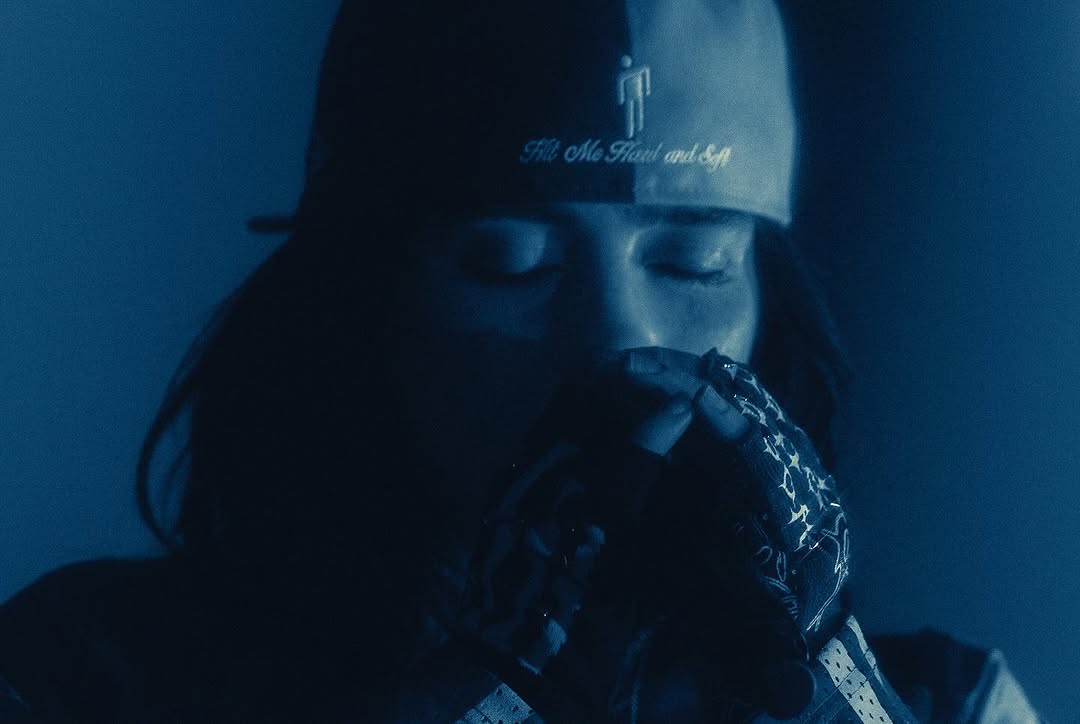Piercings in the modern generations are very fashionable and in trend. The most common piercings on the ear are on the earlobe, but the helix piercing, a cartilage piercing on the upper outer rim of the ear, has increased in popularity in recent years. On the face, nose and eyebrow piercings have also increased in popularity recently. Overall, piercings are used to boost confidence and self esteem, but research shows that some can be used to relieve stress.
Ear Piercings
Starting off with the earlobe, this is where most people get their first piercing. The fleshy tissue helps cushion some of the pain, so it is described to be a quick pinch. Once someone gets their first piercing, they are tempted to get more, including the second and third on the earlobe. These piercings are most common due to their low pain and easy healing process.
As you move up the ear to the middle with thick cartilage, the conch piercing is placed in the cartilage of the inner, bowl shaped area of the ear. On a scale from one through ten, this piercing would be ranked fairly high due to the placement. To the left of that piercing is the daith. This placement is in the inner most fold of cartilage just above the ear canal. Due to the spot, this piercing causes throbbing and dull headaches shortly after the ear is pierced.
On the top part of the ear are all the helix piercings including: Standard helix, Forward helix, Mid/Low helix, and Floating helix. All these piercings, besides the Floating helix, are placed on the outer rim of the ear, typically above the ear lobe. The floating helix is a little different with the earring under the curve of the ear’s cartilage. All of the helix piercings are described to be painful, taking about 10-12 months to fully heal.
The last two ear piercings are the flat and the industrial. The flat causes sharp pain and small headaches, taking about eight months to fully heal. The industrial is a long bar that goes across the top of your ear, making it uncomfortable to sleep or lay down. The pain on the industrial piercing is harsh, a sharp pinching sensation, a dull ache that lasts several hours, and a throbbing pain that is worse when touched or moved.
Piercings in this generation are very fashionable and are in trend. The most common piercings on the ear are on the earlobe, but the helix piercing, a cartilage piercing on the upper outer rim of the ear, has increased in popularity in recent years. On the face, nose and eyebrow piercings have increased in popularity recently as well. Overall, piercings are mainly to boost confidence and help self esteem, but research shows that some can be used to relieve stress.
Ear Piercings
Starting off with the earlobe, this is where most people get their first piercing. The fleshy tissue helps cushion some of the pain, so it is described to be a quick pinch. Once someone gets their first piercing, they are tempted to get more, including the second and third on the earlobe. These piercings are most common due to their low pain and easy healing process.
As you move up the ear to the middle and thick cartilage, the conch piercing is placed in the cartilage of the inner, bowl shaped area of the ear. On a scale from one through ten, this piercing would be ranked fairly high due to the placement. To the left of that piercing is the daith. This placement is in the inner most fold of cartilage just above the ear canal. Due to the spot, this piercing causes throbbing and dull headaches shortly after the ear is pierced.
On the top part of the ear are all the helix piercings including: Standard helix, Forward helix, Mid/Low helix, and Floating helix. All these piercings, besides the Floating helix, are placed on the outer rim of the ear, typically above the ear lobe. The floating helix is a little different with the earring under the curve of the ear’s cartilage. All of the helix piercings are described to be painful, taking about 10-12 months to fully heal.
The last two ear piercings are the flat and the industrial. The flat causes sharp pain and small headaches, taking about eight months to fully heal. The industrial is a long bar that goes across the top of your ear, making it uncomfortable to sleep or lay down. The pain on the industrial piercing is harsh; A sharp pinching sensation, a dull ache that lasts several hours, and a throbbing pain that is worse when touched or moved.

Face Piercings
Starting off with the most common face piercing, the nose piercing is described to be a sharp stinging sensation which only lasts a few seconds. The healing process is not as long as you would think; taking about six months to fully heal. That’s less time than some ear piercings!
The next piercing is on the eyebrow (vertical piercing) which is placed on the arch of the brow. The pain is described to be moderately painful, leaving swelling and even bruises due to the sharp, stabbing pain in the skin. These piercings are prone to infection, so keeping them clean daily will help reduce the likelihood of infection.
Some face piercings which are less common are mouth and lip piercings. Starting with tongue piercings, this is placed towards the front center of the tongue. The process of getting the tongue pierced is described to be a slow pop through the layers of tissue. The tongue will swell up and is almost asking for infection due to the saliva in the mouth. Onto the lip piercings, the pain is said to be extreme and very uncomfortable. Although there is no exact number on how many piercings the lip can have, there are 12-17 main styles that exist.
Lastly, dermal piercings are placed mostly on flat areas including the cheeks, forehead, and under the eyes. The pain depends on the placement. For example, on the cheek, it will cause more pain due to the nerves around that area. The healing process includes a dull ache, throbbing, and tenderness usually taking eight months to fully heal.
Overall, piercings are not said to be too painful. The healing process may seem long, but it can vary from a month to a year. Piercings are cute, stylish, and confidence-boosting accessories that are not too expensive. The thought of needles through skin can be overwhelming, but once it is over, the pain is temporary and the piercing is forever.









